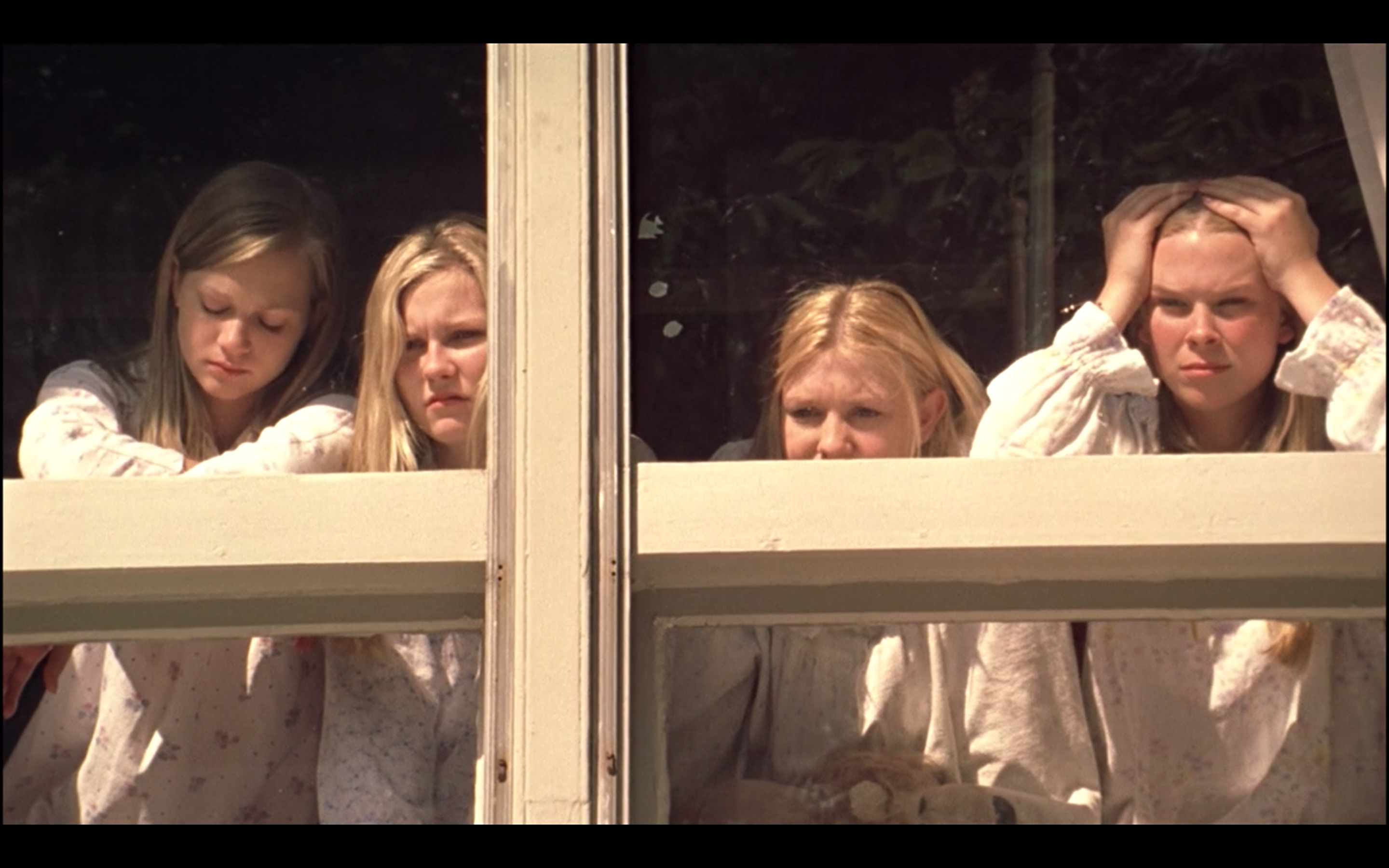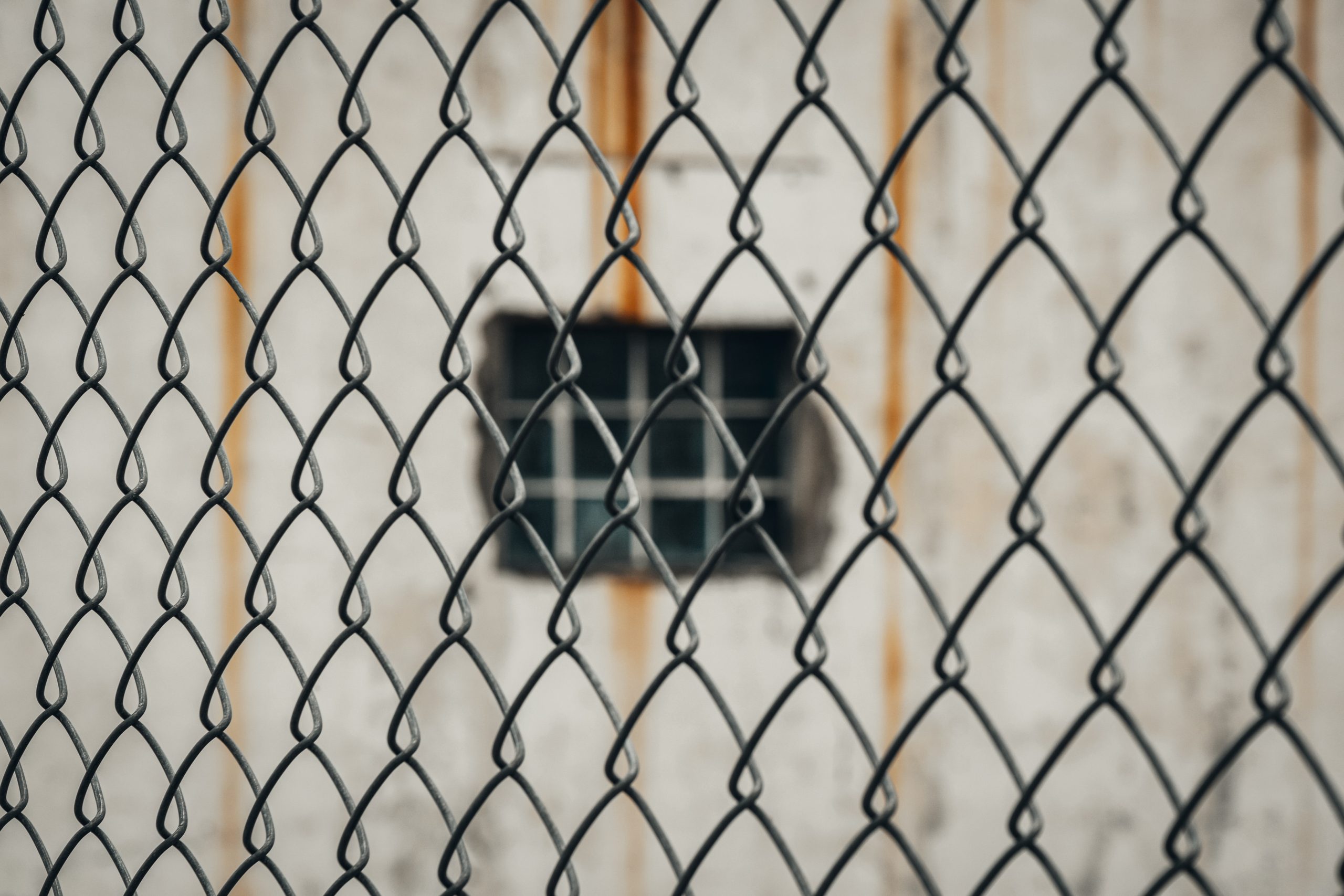Books & Culture
What “The Virgin Suicides” Tells Us About White Flight From Detroit
Reading Jeffrey Eugenides's 1993 novel as an allegory for the self-destruction of white exodus

“We will never find the pieces to put them back together,” concludes Jeffrey Eugenides’ debut novel, The Virgin Suicides. The narrators, a group of men who had grown up alongside the five Lisbon daughters during the 1970s in Grosse Pointe, Michigan, are ultimately unable to make sense of the girls’ suicides—but readers can.
In an interview with The Paris Review in 2016, Eugenides shares that the novel was inspired by a comment from his nephew’s babysitter, who had told him that she and her sisters had all attempted suicide because, in her words, “we were under a lot of pressure.” The tidbit of trivia syncs perfectly with the popular interpretation of the novel, echoed in The New Yorker, Literary Hub, and elsewhere, as a tale about the existential challenges of adolescence, particularly in regards to girls becoming women, on whom so many contradictory expectations are placed and so little agency is permitted. After all, in attempting to protect their daughters, the Lisbon parents imprison them at home, driving the girls to take their own lives.
But there is also a particular historical context to The Virgin Suicides. A suburb of Detroit populated by the city’s white former residents, Grosse Point was home to just two Black people in 1970, as Mark Binelli reports in his book, Detroit City is the Place to Be: The Afterlife of an American Metropolis. Binelli’s book details how waves of racial and economic strife beginning in the 1950s cleaved the populations of Detroit and its suburbs into Black and white, respectively, creating one of the most enduring examples of white flight in the United States. He also describes how the fallout of that history has nearly destroyed the city. Reading The Virgin Suicides through this historical lens, the Lisbon parents’ sequestering of their daughters reflects the self-destructive mentality of white flight, making the girls’ suicides not unlike Detroit’s urban decay.
The Lisbon parents’ sequestering of their daughters reflects the self-destructive mentality of white flight, making the girls’ suicides not unlike Detroit’s urban decay.
Detroit’s white flight was fueled by a combination of economic pressure and racism, according to Binelli. The modern city was built upon the auto industry, which consolidated around Detroit as manufacturers set up shop locally and grew from military contracts during World War II. Post-war, however, various forces began to claw away at that consolidation: manufacturers sought to escape strong local unions, the federal government urged the dispersal of industry due to Cold War bombing fears, and the surrounding suburbs bribed businesses with lower taxes and white residents with segregated neighborhoods.
White city-dwellers had already been violently resisting integration, as in 1943, when the opening of a housing project in a predominantly white neighborhood led to nearly two days of rioting, leaving 34 dead and 1,800 arrested, most of them Black. By the summer of 1967, when a raid by the Detroit Police Department on a homecoming party for two Vietnam veterans exploded into five days of violence, leaving 43 people dead and 7,000 arrested (again, most of them Black), many white former residents had already turned their backs on Detroit as a Black city.
Detroit’s white flight was fueled by a combination of economic pressure and racism.
Grosse Pointe, on the other hand, is described by Binelli as a “Waspy, old-money” east-side suburb of Detroit. While wealthier than other, more working class suburbs, Grosse Pointe played the same function in buffering white suburbanites from Black urbanites. As Binelli relates from his own childhood growing up in neighboring St. Clair Shores, it was rumored that officers from the Grosse Pointe Police Department used a racial slur disguised as an acronym to describe Black people in the area: “NOMAD: Nigger on Mack After Dark,” Mack Avenue being the boundary between the suburb and the city.
Elements of the Black-white, city-suburb divide can be found in The Virgin Suicides. In “‘Oddly Shaped Emptinesses’: Capital, the Eerie, and the Place(less)ness of Detroit in Jeffrey Eugenides’s Virgin Suicides” from Comparative American Studies: An International Journal, University of Maine lecturer Brian Jansen indexes the narrators’ references to Detroit as “the impoverished city we never visited,” as well as to Grosse Pointe’s segregation. As Eugenides writes, the suicides of the Lisbon girls distract the local chamber of commerce from its primary, racist purpose: “While the suicides lasted, and for some time after, the Chamber of Commerce worried less about the influx of black shoppers.” The presence of the narrators, the Lisbons, and the other residents of Grosse Pointe in the suburb is not explicitly framed as the product of white flight, but that can nevertheless be gleaned from snippets like, “Occasionally we heard gunshots coming from the ghetto, but our fathers insisted it was only cars backfiring.” The fathers had left Detroit, and they insisted that there was no reason for their children to look back.
The fathers had left Detroit, and they insisted that there was no reason for their children to look back.
The Lisbons had presumably also arrived in Grosse Pointe for similar reasons: fleeing what they saw as the violence of Black Detroit. But in order to safeguard their five daughters—the protection of white women from the supposed predation of Black men being a recurring trope in white supremacist propaganda—the Lisbons took their segregation one step further, shutting out not only the Black city, but the white suburbs, too. As the narrators recollect, two weeks after Cecilia, the youngest, attempts suicide for the first time, “Mr. Lisbon persuaded his wife to allow the girls to throw the first and only party of their short lives.” The Lisbons believe that, to protect their children, they need to shut out the world, rather than reconcile themselves with it. Instead, they help dig their girls’ early graves. In a similar fashion, the former white residents of Detroit thought they could simply escape to the suburbs, rather than confront the reality of, and their role in, the agony of the city.
If violence nevertheless revisits the Lisbons, it does the same to Detroit’s suburbs as well. As Binelli notes, the city received one of its worst batterings during the Great Recession of 2008, when the auto industry teetered on the brink of collapse, causing the entire economy of the area to wobble with it. But as poverty fueled crime, it wasn’t confined to the city. There were otherwise unheard of reports of armed robberies at fast food restaurants in St. Clair Shores, of a shooting at a nearby mall, of carjackings in Grosse Pointe.
If white flight is suicide, then its ostensible inversion, gentrification, is not resurrection, but murder.
As the final line of The Virgin Suicides puts plainly, there are no easy answers to difficult questions. If white flight is suicide, then its ostensible inversion, gentrification, is not resurrection (or “revitalization,” as it’s often euphamistically dubbed), but murder. As Binelli notes, despite Detroit’s difficulties, it has been experiencing growing gentrification since the nadir of 2008. Once starved of resources by a fleeing white tax base and hostile county and state governments, Detroit’s low housing costs attracted young white people, who brought with them the cultural capital necessary to draw financial capital and, accordingly, more white people. The return of white people to Detroit does not signal a reconciliation between the city’s populations, but the displacement of longtime Black residents—who, with sad irony, are increasingly forced to the suburbs (albeit, not Grosse Pointe).
It could be said that the pieces of Detroit which were broken by white flight still remain lost. But if the city’s history helps contextualize the violence of The Virgin Suicides, then it might provide hope of a genuine resurrection, too. As Binelli and other residents of Detroit are fond of pointing out, the city’s motto was coined after a devastating fire in 1805, which leveled nearly all of the previous structures, including most of the US Army fort that was its namesake. Today, the motto is inscribed in Latin on both Detroit’s flag and sea. “Speramus Meloira; Resurget Cineribus,” it reads, which translates to: “We Hope for Better Things; It Shall Rise from the Ashes.”









